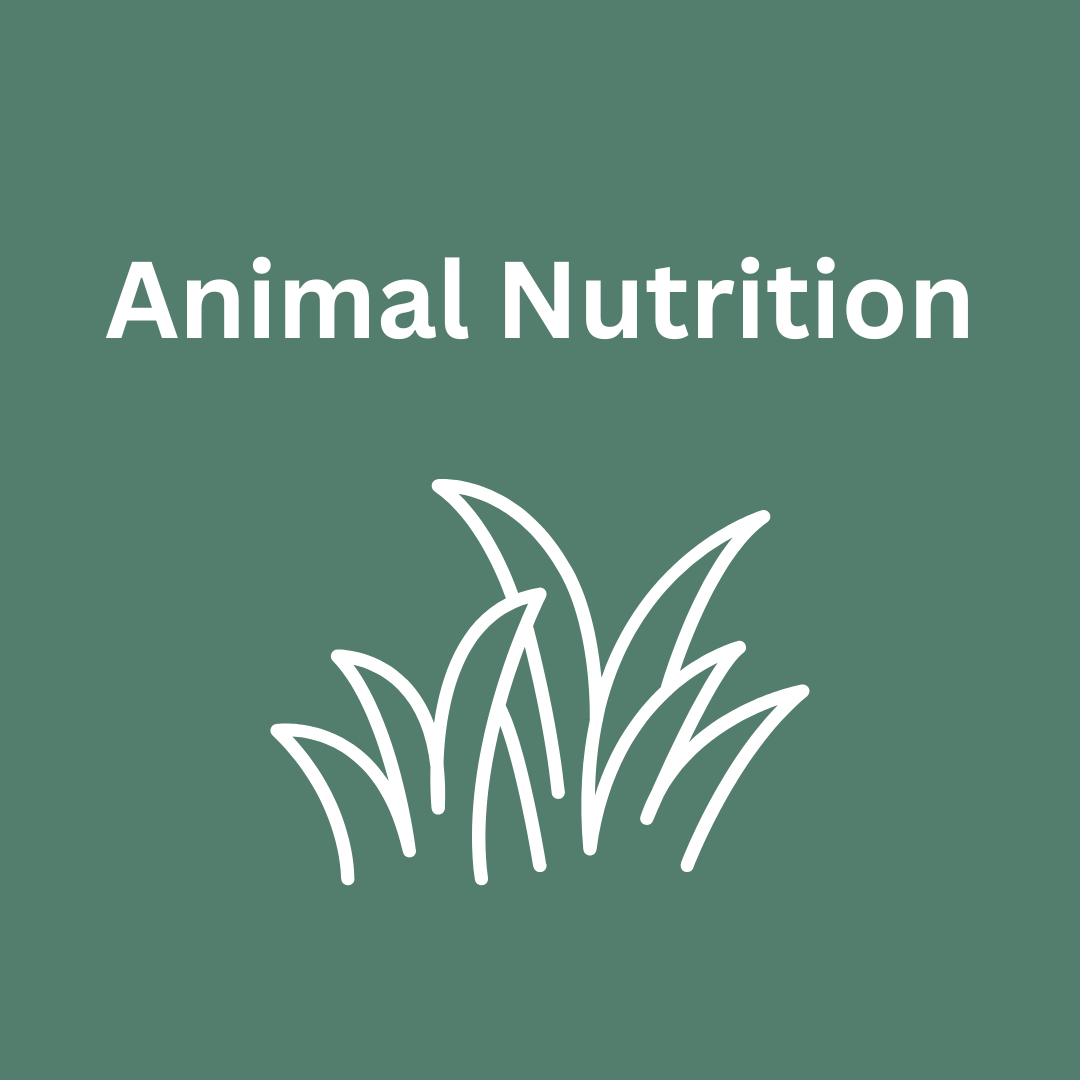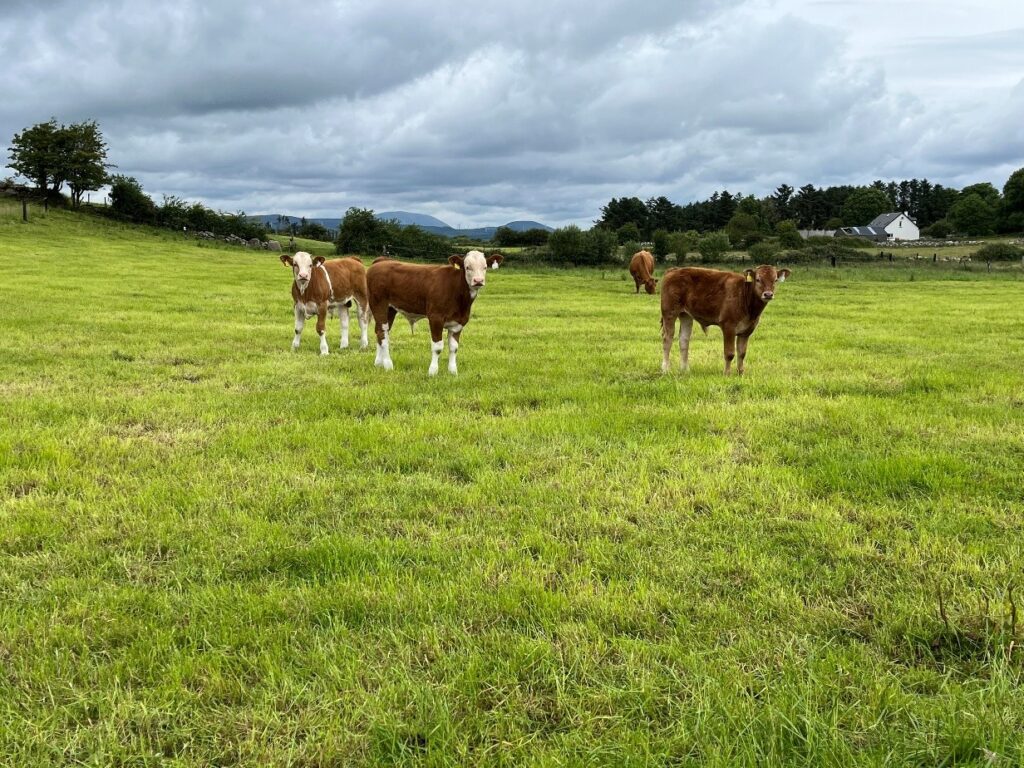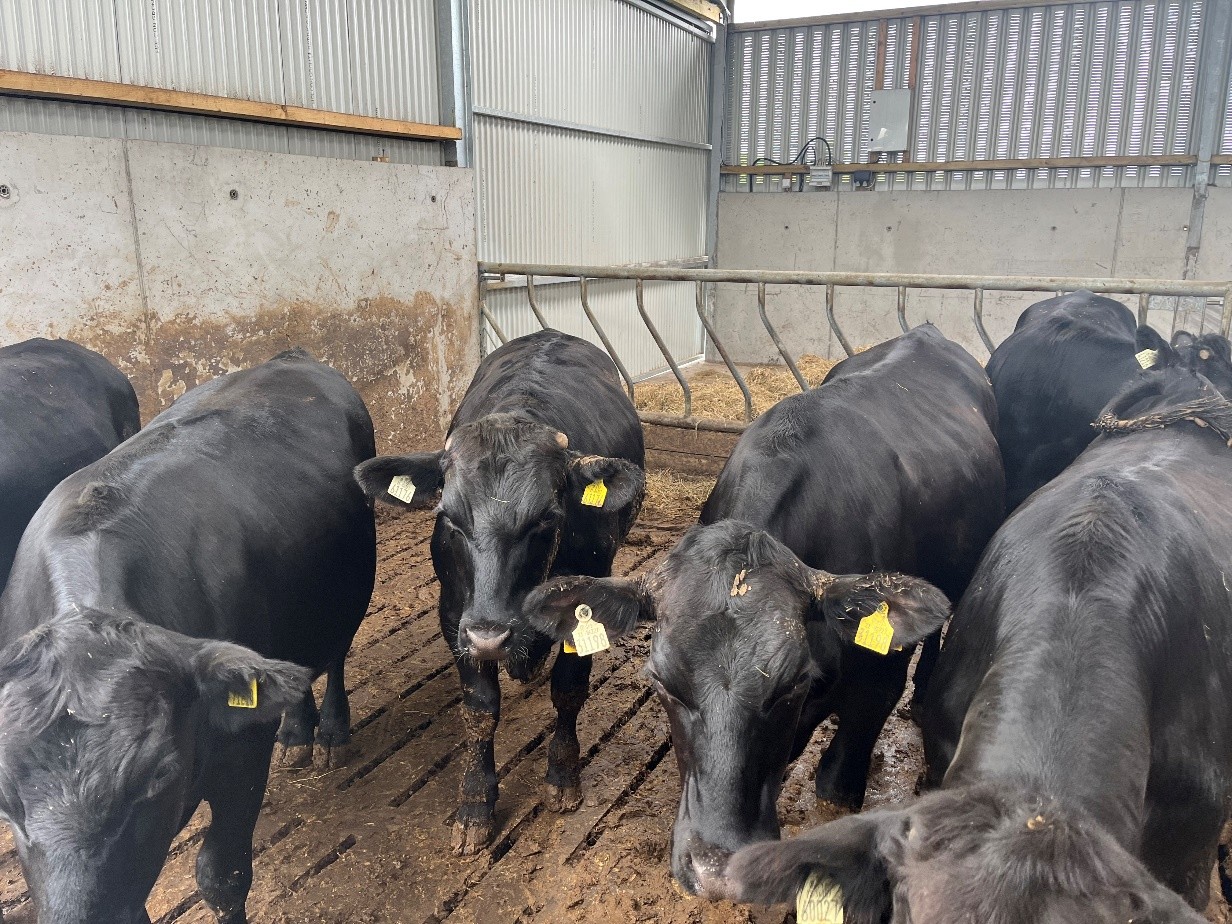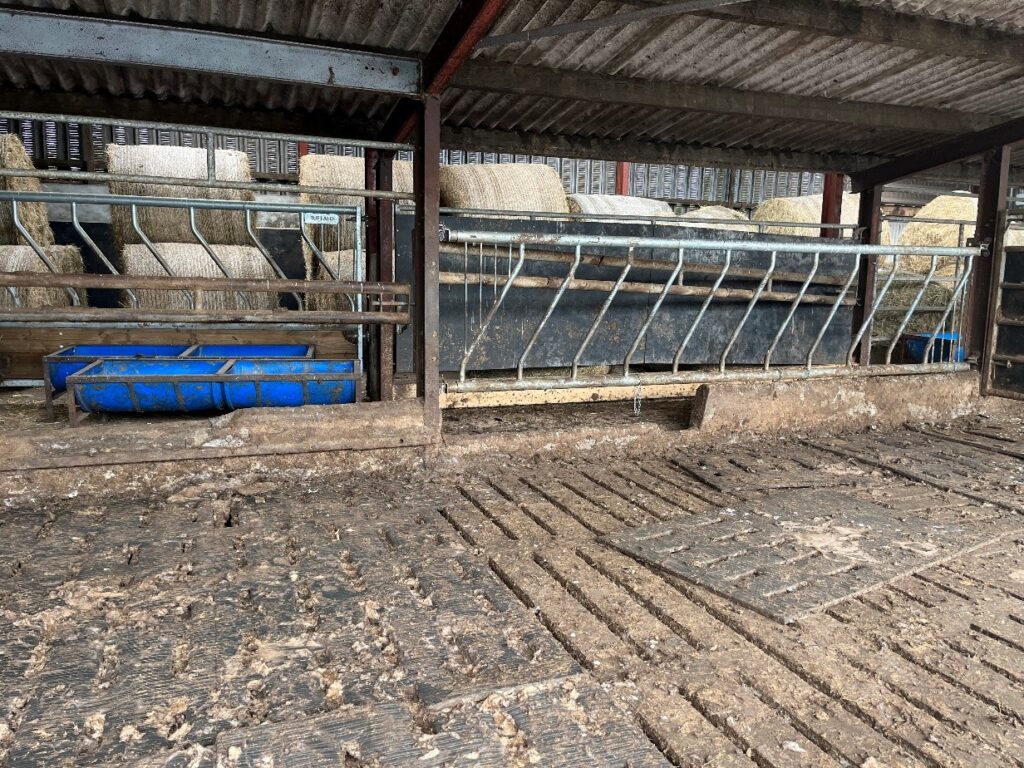
Animal Nutrition
- Second cut silage plans
- Fodder budget review
- Creep feeder purchased for suckler calves
Cathal has spread 2500 gallons of slurry/acre and 50 units of protected urea/acre for his second cut silage. He also plans to top this up with a bag of 18-6-12 per acre to make as much silage as possible due to his limited fertiliser allowances. He spread 20 units of protected urea/acre on grazing ground on the 8th of June and followed this up with 1 bag of 0-7-30/acre on 17th June.
So far 118 bales of silage have been made this year from the first cut and from taking out strong paddocks. Cathal has made an extra 65 bales from grazing paddocks this year than last year and expects it’s from one of a few different reasons; the good weather, cows were later going to grass which slowed the rotation and lead to higher covers, using sobac, spreading slurry on grazing ground, and from better grazing management.
Cathal has also bought in 140 bales of hay and expects to make a further 60 bales in the second cut. This would leave him with 318 bales and he will need 260 so he will have more than enough feed for next winter for his cows and weanlings.
He bought a creep feeder for the suckler calves which will be going out with them in July. He has 3 sets of twins which are smaller than the other calves, so he is planning to start feeding them early before they are weaned. He is also considering selling the lighter calves before the winter so that he will have a more even bunch to pen over winter to make management easier.

Figure 1: Some of the 2025 born calves
Cathal sold the last 3 finishing bulls from the farm on 18th of June. He bought them to the mart and was getting from €2700 to €2960 for them but decided to bring them home and sell them to the factory.
He sold 22 in total this year, 7 of which were home bred and the remainder of which were bought in on 28th September 2024.
The final figures show that the average carcass weight was 423kg per bull, and they graded U=2+ on average at 15.7 months of age. The average price achieved was €7.57/kg and thus €3200/head. Cathal estimates that their average kill out percentage was 66% as he weighed them before sale.
He also worked out the following costs for the bull system:
His means that he made a gross profit per head of €1108. The fixed costs per head are €242 for Cathal’s farm and these include depreciation, machinery running, loan interest, professional fees etc. When these are subtracted it leaves Cathal with a net margin per head of €866.
However Cathal is very aware that if the price had remained the same as in 2024 at €5.47/kg, he would have lost €20 per head on each bull. This is making him re-consider what system that he will choose for winter 2025 as the live trade prices remain high.
He recently bought in 12 dairy beef bullocks that he plans to finish within 100 days. They €2300 and weighed 530kg on arrival to the farm. Cathal dosed them for rumen fluke, stomach worms and lung worms and gave them a multi mineral injection. They have been gradually built up for 4kg to 8kg of ration/head/day and have hay/silage available ad lib. Three have been sold already after 29 days on the farm at 27 months of age. However he was disappointed with the kill out percentages which were less than 50% (docket details). The remaining cattle will be drafted for sale as soon as they are fit.

Figure 2: Recently purchased bullocks
The Simmental stock bull was sold in the mart on 14th June. He weighed 885kg and made €3130.
Cathal is using the summer to make some improvements to the facilities in the yard. He has bought wider feed barriers for the front of the shed to allow better access to feed. He is also adding diagonal feed barrier to the back of the shed where they were previously open as he found the bulls were knocking over troughs regularly and it was potentially dangerous for him walking along too.
New drinkers are also being added to the shed that will provide more of a water supply to the bulls as he noticed that there were queues to the small bowls last year which would have affected their feed intakes. They will be welded to the outside girder so that they will be easier to check and keep clean.
New mats are also being bought for the cows in the new shed to help prevent lameness. Teagasc research shows that having mats on slats can increase carcass weights on finishing cattle up to 11kg so it will be an option to house finishers there in future.

Figure 3: Cathal is replacing he open feed barrier on the left with bars similar to the one on the right